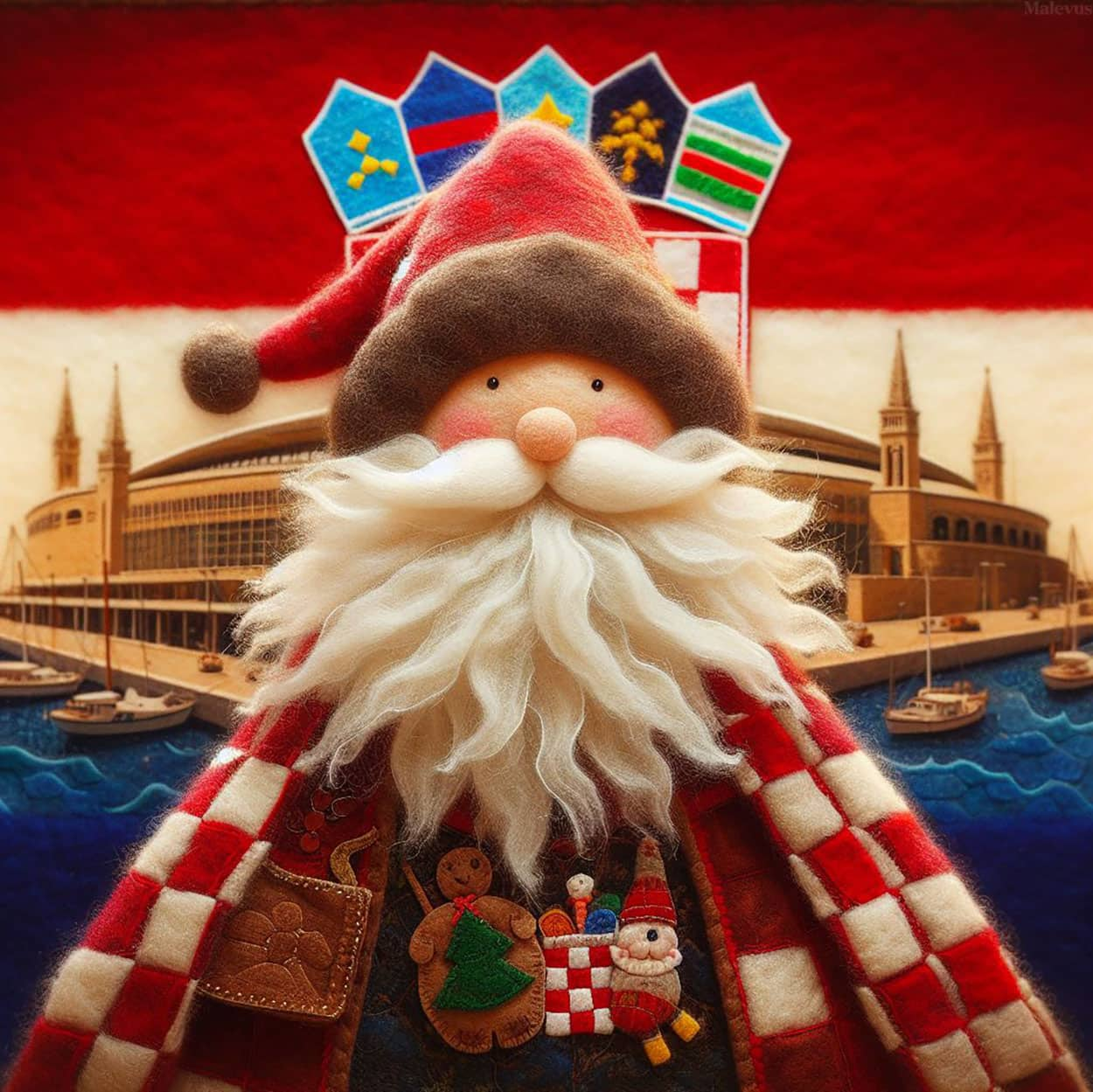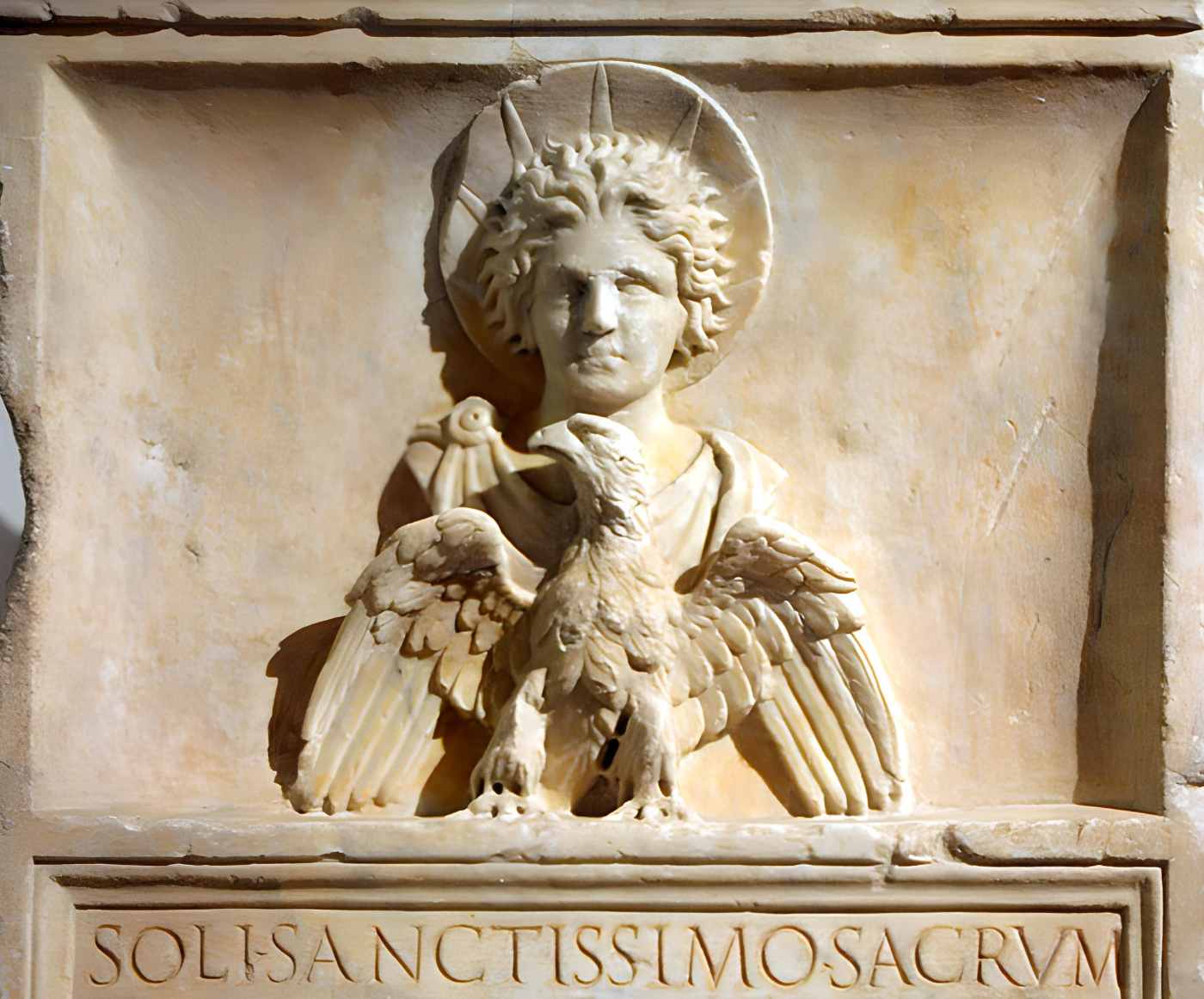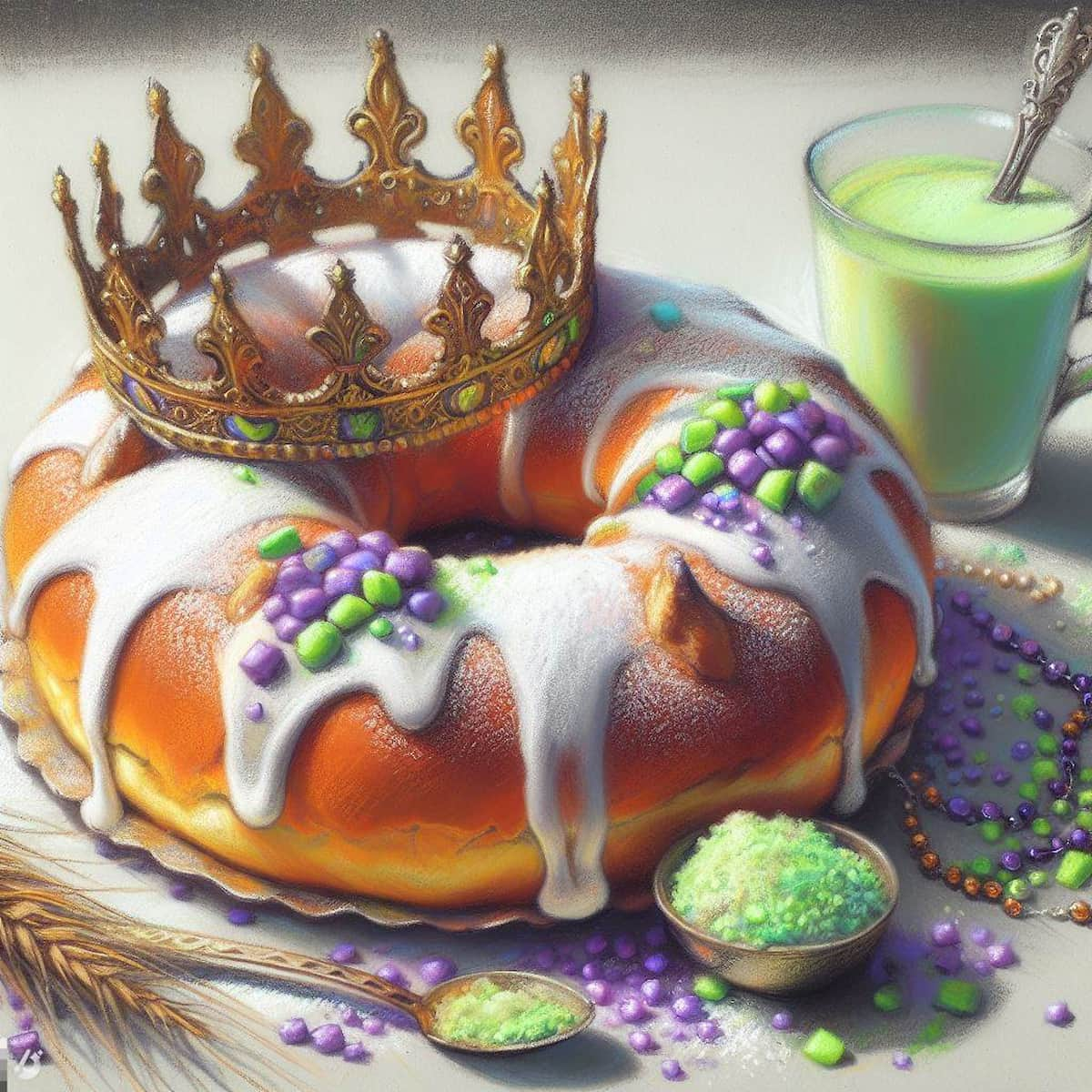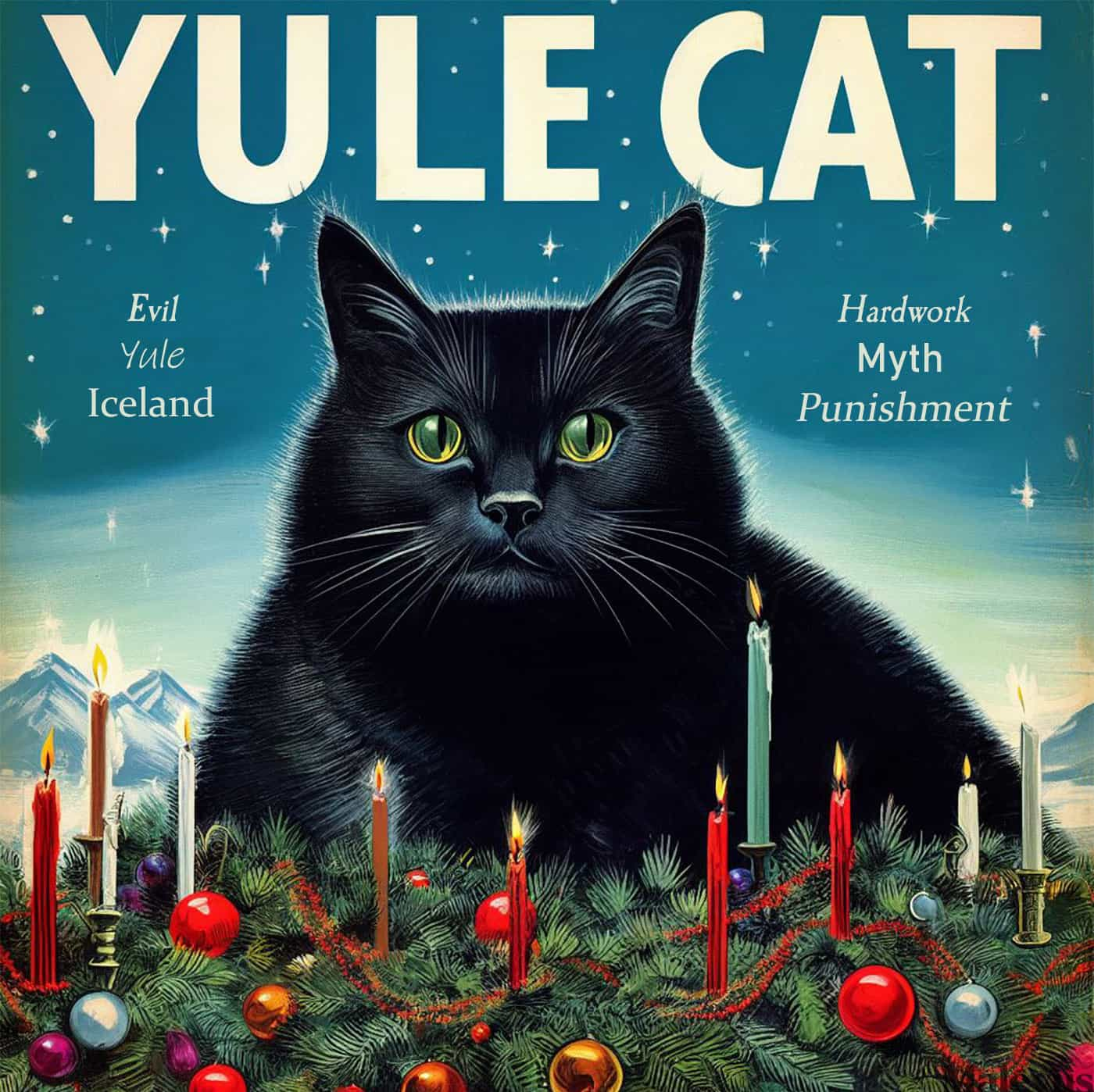Christmas in Croatia is a Christian tradition commemorating the birth of Jesus. The peak of the Christmas celebration occurs on Christmas Day, the 25th of December, and extends to Epiphany on the 6th of January. The period from the first Advent is marked by preparations for Christmas. The Christmas season in Croatia is a blend of Christian and secular traditions, influenced primarily by the Roman Catholic Church’s customs, as well as older Slavic and Central European folklore. Many of the practices can be found in other Western Christian countries. There are numerous regional and local variations in the celebration of Christmas. This article presents the traditions commonly associated with Christmas in Croatia and, unless stated otherwise, practiced in the majority of the country.
-> See also: 48 Countries That Celebrate Christmas Widely
History of Christmas in Croatia
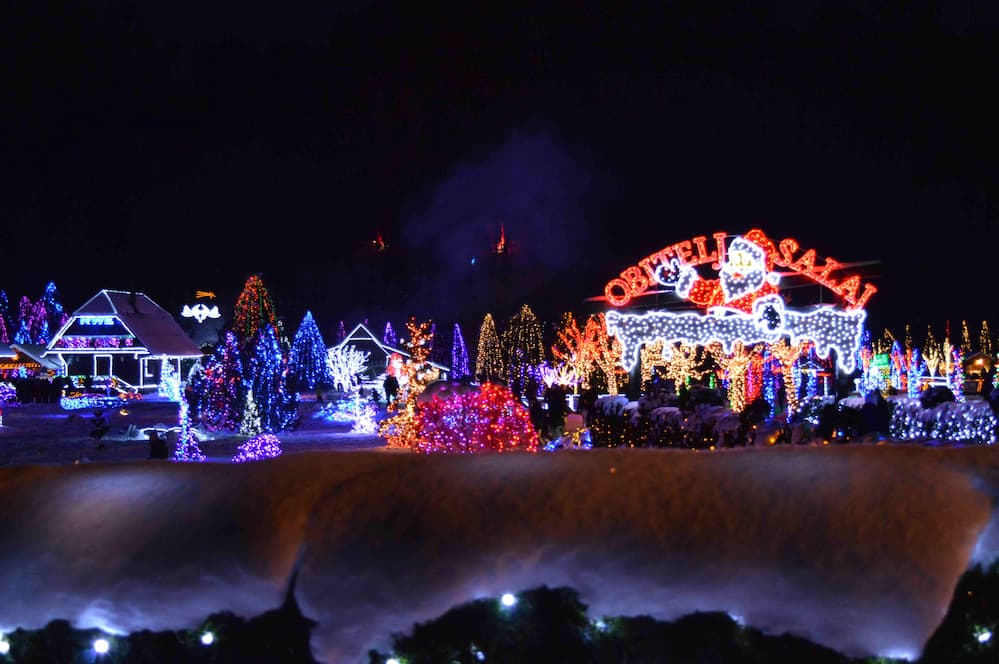
Modern Christmas traditions in Croatia have roots dating back to the 19th century. In Croatia, Christmas celebrations have a more Christian character and are less commercial compared to Nordic countries, for example. Christmas is celebrated with family and friends. However, similar to Sweden and the rest of the Christian world, commercial elements with expensive gifts are becoming increasingly common.
In families where gift-giving is practiced, it is traditionally Santa Claus (Croatian: Djed Božićnjak) and less frequently the Baby Jesus (Croatian: mali Isus) who brings them on Christmas Day, the 25th of December. The tradition of the Baby Jesus comes from Germany and Austria, where some children similarly receive presents from Christkind. Apart from Christmas Day, children usually receive gifts in the form of sweets and fruit on St. Nicholas Day on the 6th of December.
Christmas Traditions in Croatia
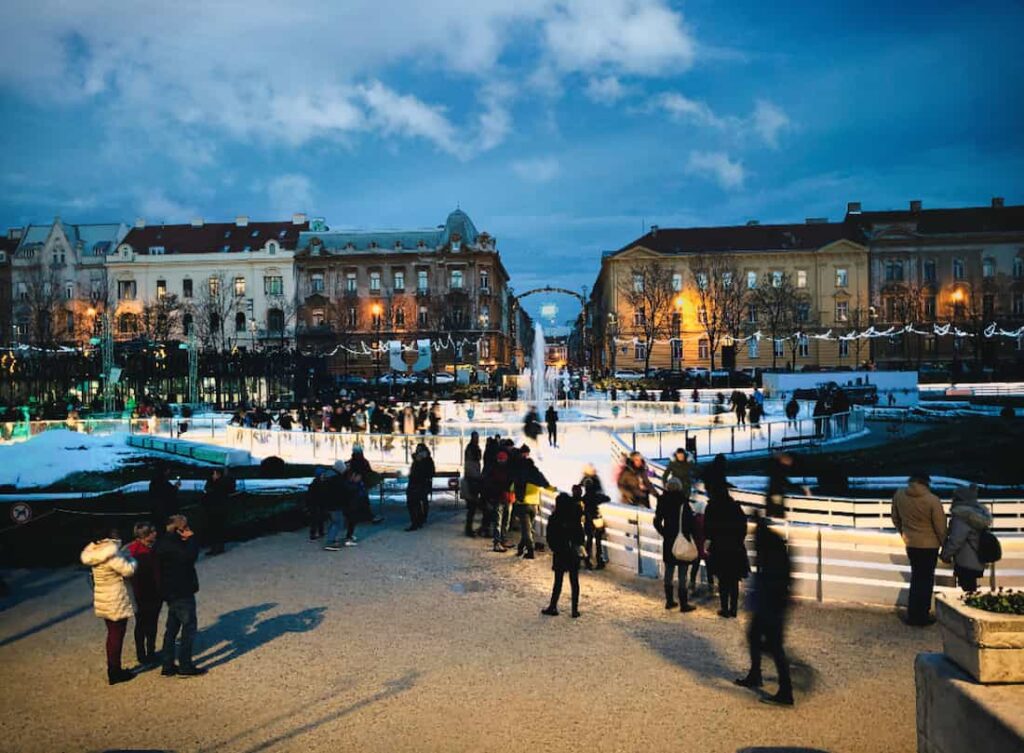
Advent
Advent (Croatian: došašće or advent) begins on the fourth Sunday before Christmas, and the period leading up to the 25th of December is characterized by preparations for Christmas. In some parts of the country (and among Croats in Bosnia and Herzegovina), the Christmas celebration traditionally starts on St. Catherine of Alexandria’s Day on the 25th of November.
Throughout the Advent season, early morning masses (singular Croatian: zorica, plural Croatian: zorice) are organized in the country’s Roman Catholic churches, featuring a rich repertoire of special Advent songs. Depending on the region, Saint Barbara’s Day on the 4th of December and Saint Lucy’s Day on the 13th of December are associated with different traditions and rituals, especially in rural areas, where neighbors and acquaintances pay visits, wishing each other luck and well-being.
Advent Wreath
Since the end of the 20th century, the tradition of having an Advent wreath has grown stronger in Croatia. The Advent wreath serves the same purpose as the Advent candlestick in Sweden and is placed centrally on the table or in another prominent location. The Advent wreath consists of a wreath bound with evergreen plant material (usually coniferous plants) and four live candles. On the first Sunday of Advent, one of the candles on the Advent wreath is lit.
On the second Sunday of Advent, both the first candle and the one next to it are lit, and so on until the fourth Sunday of Advent, when all the candles are lit. As the candles have burned for different lengths of time, a “staircase” of lights has formed by the fourth Advent. The shape and appearance of the Advent wreath, as well as the color of the candles, can vary.
Typically, four slightly thicker candles are used, but variations with slim and tall candles also exist. The candles are usually white and/or red, but some have Advent wreaths with three purple candles and one pink candle. In the Roman Catholic Church, purple is the color of reflection, suffering, and repentance. In this arrangement, the pink candle is lit on the fourth Sunday of Advent.
-> See also: All 15 Countries That Don’t Celebrate Christmas
Christmas Wheat
During the Advent season, Christmas wheat (Croatian: Božićna pšenica) is sown. According to this originally pre-Christian tradition, now associated with traditional Christmas celebrations, wheat seeds are soaked on a plate or in a pot. Depending on the tradition or region, the wheat is sown either on Saint Barbara’s Day on the 4th of December or, more commonly, on Saint Lucy’s Day on the 13th of December. The seeds sprout in either soil or cotton.
The plate or pot is usually placed on the table, and sometimes a candle is placed in the middle of the sowing. On Christmas Day, approximately ten-centimeter-long shoots emerged. According to tradition, a ribbon in the colors of the Croatian tricolor (red, white, and blue) is tied around the shoots. If a candle is used, it is lit on Christmas Day. According to folklore, a prosperous year awaits if the shoots have grown well and the straws have become long. Tradition dictates that the straws and shoots are given to the birds after Christmas, as the “holy” Christmas wheat should not be thrown in the trash.
Saint Nicholas
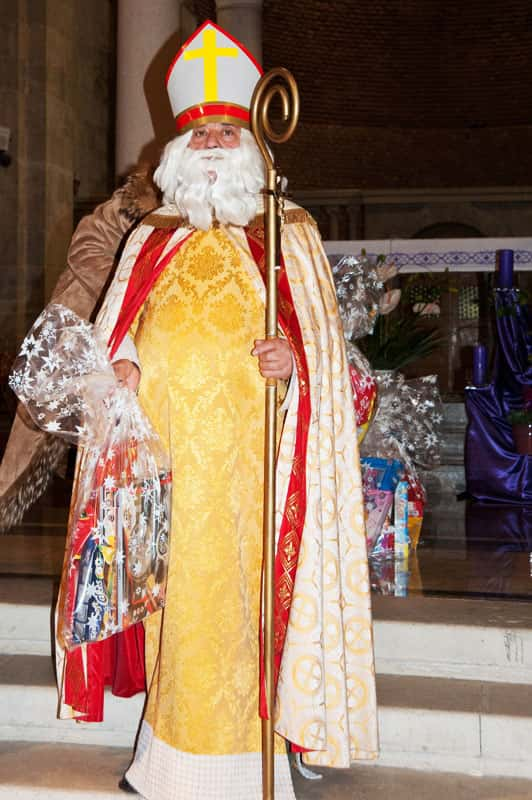
On Saint Nicholas Day, on the 6th of December, Saint Nicholas brings gifts to all the good children. According to tradition, all children should clean their shoes the day before he arrives and place them by the window. The window is left ajar so that Saint Nicholas can peek in during the night. If the children have polished their shoes well, they receive candy and/or toys in or next to their gleaming shoes.
Sometimes a (usually golden) bundle of twigs is left in the shoes as a reminder of the importance of being good. The bundle becomes very large if the children have been disobedient during the year. Saint Nicholas’s companion is an angel, or more commonly, the devilish Krampus, a figure originating from Advent folklore in the Alpine and pre-Alpine regions. Saint Nicholas Day is traditionally the main day for gift-giving. However, since the end of the 20th century, it has become increasingly common to exchange gifts on Christmas Day.
Christmas Eve
Christmas Eve (Croatian: Badnja večer or Badnjak) on the 24th of December is celebrated by most with family and/or friends. The Croatian word for Christmas Eve comes from the verb “bdjeti,” meaning ‘to watch.’ The day is symbolized by preparations for Christmas Day, which is the highlight of Christmas. In most homes, it is on Christmas Eve that the tree is brought into the house, and decorated, and Christmas food is cooked and prepared.

According to an older tradition, especially prevalent in rural areas, it was customary to bring in three logs on Christmas Eve and place them by the open fireplace. The logs represented the Trinity and were used to kindle a fire in the open fireplace and light candles. Similarly, straw was brought into the house and spread on the floor, usually under the dining table, to evoke the memory of Jesus’ birth in a stable. From the leftover straw, wreaths were made, symbolizing fertility and a good harvest. This custom lives on in the tradition of placing straws under the tablecloth on Christmas Eve to recall the manger in Bethlehem.
The tradition of having a Christmas tree originates from Germany and has been practiced in Croatia since the 19th century. Before that, the tradition dictated that houses be decorated with flowers and fruits, mainly apples, plums, and pears. However, this practice was replaced by the Christmas tree, usually brought into the house and adorned with customary Christmas decorations on Christmas Eve. The tree is sometimes decorated with licitar hearts. These hearts are intricately decorated and made from an edible material. However, they are primarily hung for decorative purposes. The Christmas tree is allowed to remain until Epiphany, when Christmas is officially over.
According to Roman Catholic tradition, meat is not consumed on Christmas Eve, and the meal consists of fish, usually cod (Croatian: bakalar), prepared in a way that resembles lutefisk. A central part of the dinner table is the Christmas Eve bread (Croatian: Badnji kruh), which consists of honey, nuts, and dried fruit. Christmas Eve culminates in the Midnight Mass (Croatian: polnoćka). During the mass, both local and internationally recognizable Christmas carols are sung.
Christmas Day
Christmas Day (Croatian: Božić, meaning “little God”) is the highlight of Christmas. On this day, people wish their family and friends a Merry Christmas (Croatian: Sretan Božić or Čestit Božić). Many participate in the Christmas morning service. On Christmas Day, most families have some form of gift-giving. According to tradition, it is Santa Claus (Croatian: Djed Božićnjak, meaning ‘Grandfather Christmas’) who brings these gifts. In some homes, it is the Baby Jesus (Croatian: mali Isus). The rituals surrounding gift-giving can vary, but commonly, the presents are already under the tree in the morning.
The traditional Christmas dinner can consist of pork, turkey, or both, depending on the region or family traditions. The central part of the Christmas table is the glazed Christmas bread (not to be confused with Christmas Eve bread). Christmas bread includes ingredients like nutmeg, raisins, and almonds and is shaped like a wreath.
Many place a candle in the middle of the bread, and it stays on the table until Epiphany (the 6th of January), when Christmas is considered over and the bread is shared and eaten by everyone in the family. Other foods that may be part of the Christmas dinner include sarma (cabbage rolls filled with meat and rice), various types of roasted meat, local sausages, pancetta, cheese, pršut (air-dried ham), kulen (spicy sausage), as well as various types of cookies baked on Christmas Eve, such as fritule.


